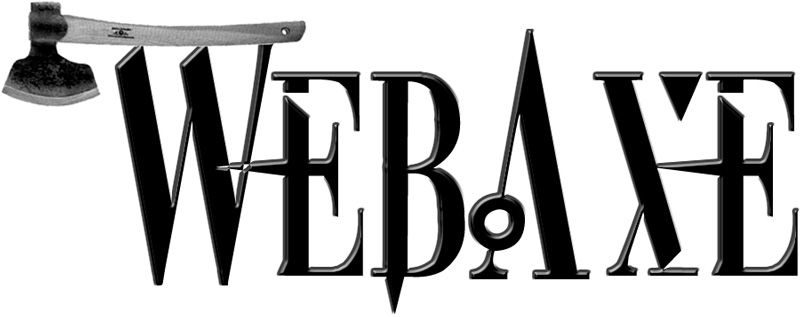A few nights ago, I submitted a comment to a recent article on Lifehacker, Navigate the New Twitter Like a Pro with Keyboard Shortcuts. My comment wasn’t approved. I also tweeted a reply about the article to @Scobleizer and Twitter employee @rsarver. Received no response there either.
The article to which I was responding glamorizes New Twitter’s keyboard shortcuts. I take offense to this so-called “feature” because the Twitter.com website itself is not accessible to users of keyboard-only input devices (which includes many types of assistive technology). And like all websites, Twitter.com should be accessible to anyone, not just to those who are able to use a mouse (device independence, see WCAG 2.0 Guideline 2.1). Does everyone see the irony here?!
So what my argument boils down to is this: if a website offers special keyboard shortcuts, it should first ensure that the it is fully keyboard accessible.
Here is my comment and Tweet below. Did I overreact?
Unapproved article comment:
This sickens me. Twitter isn’t keyboard accessible, period. Users of assistive technology can’t access the website. People who use a screenreader (visually impaired) or another type of keyboard-only input device (mobility impairments) are nearly completely blocked and makes Twitter.com useless. New Twitter is even worse than the old Twitter site. The so-called keyboard enhancements are an insult to those with disabilities. Fortunately, there is a web-based Twitter app that pays attention to everyone (and web standards, too). It’s called AccessibleTwitter.com.
My tweet reply:
.@Scobleizer Not valuable to users of keyboard-only devices; Twitter.com isn’t accessible to assistive tech. /cc @lifehacker @rsarver #a11y

